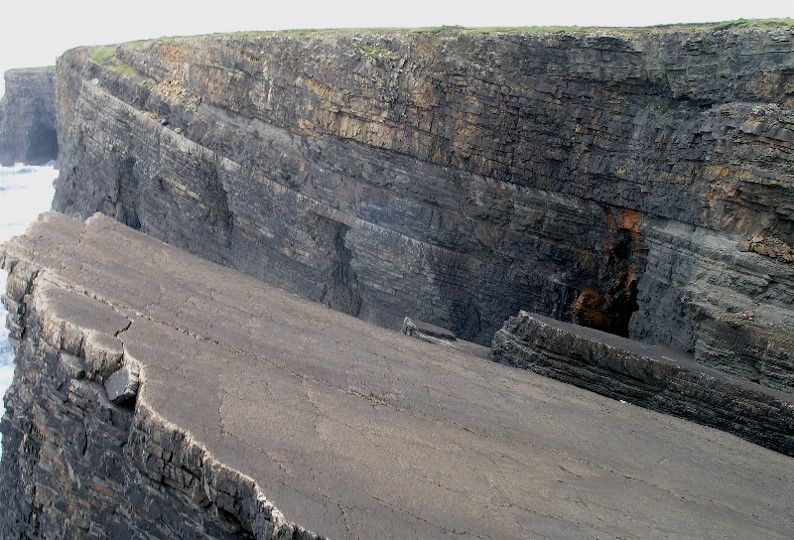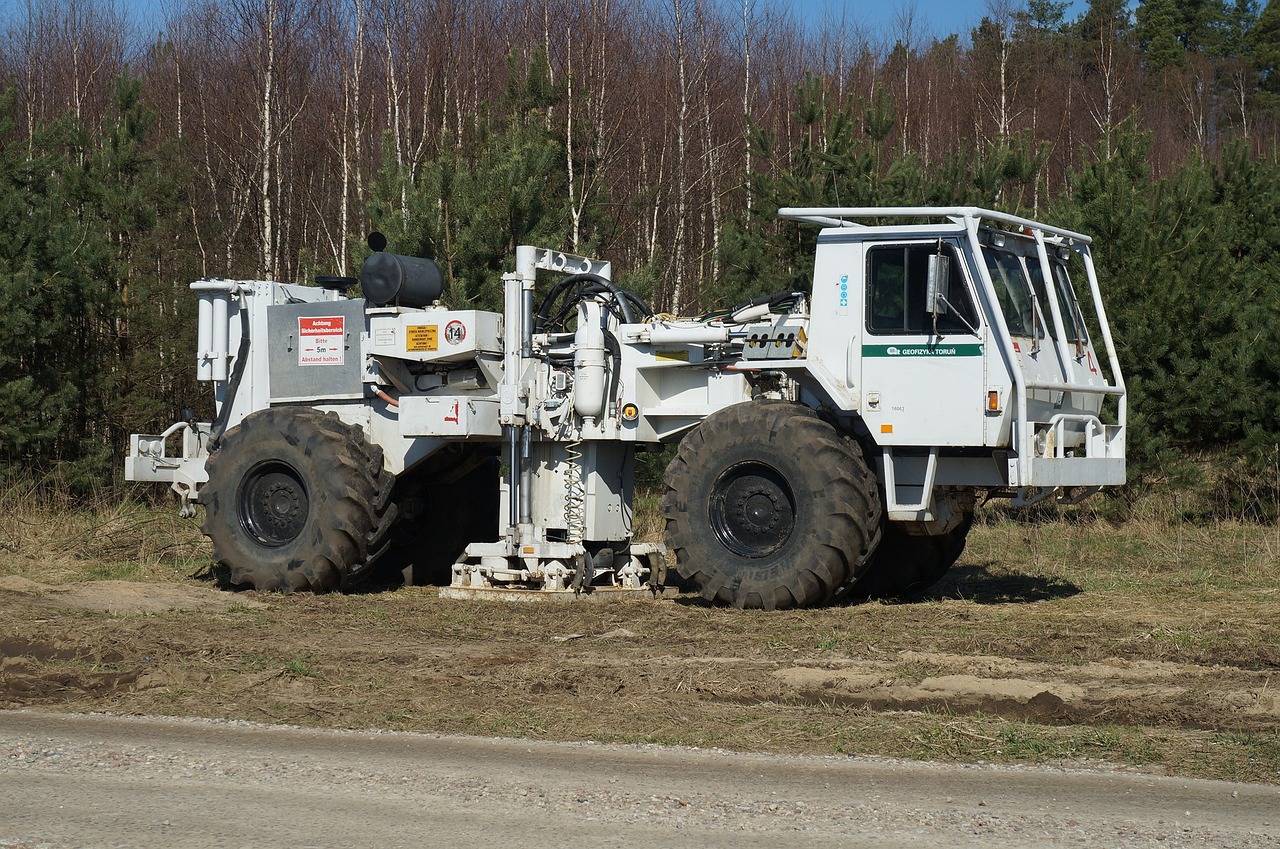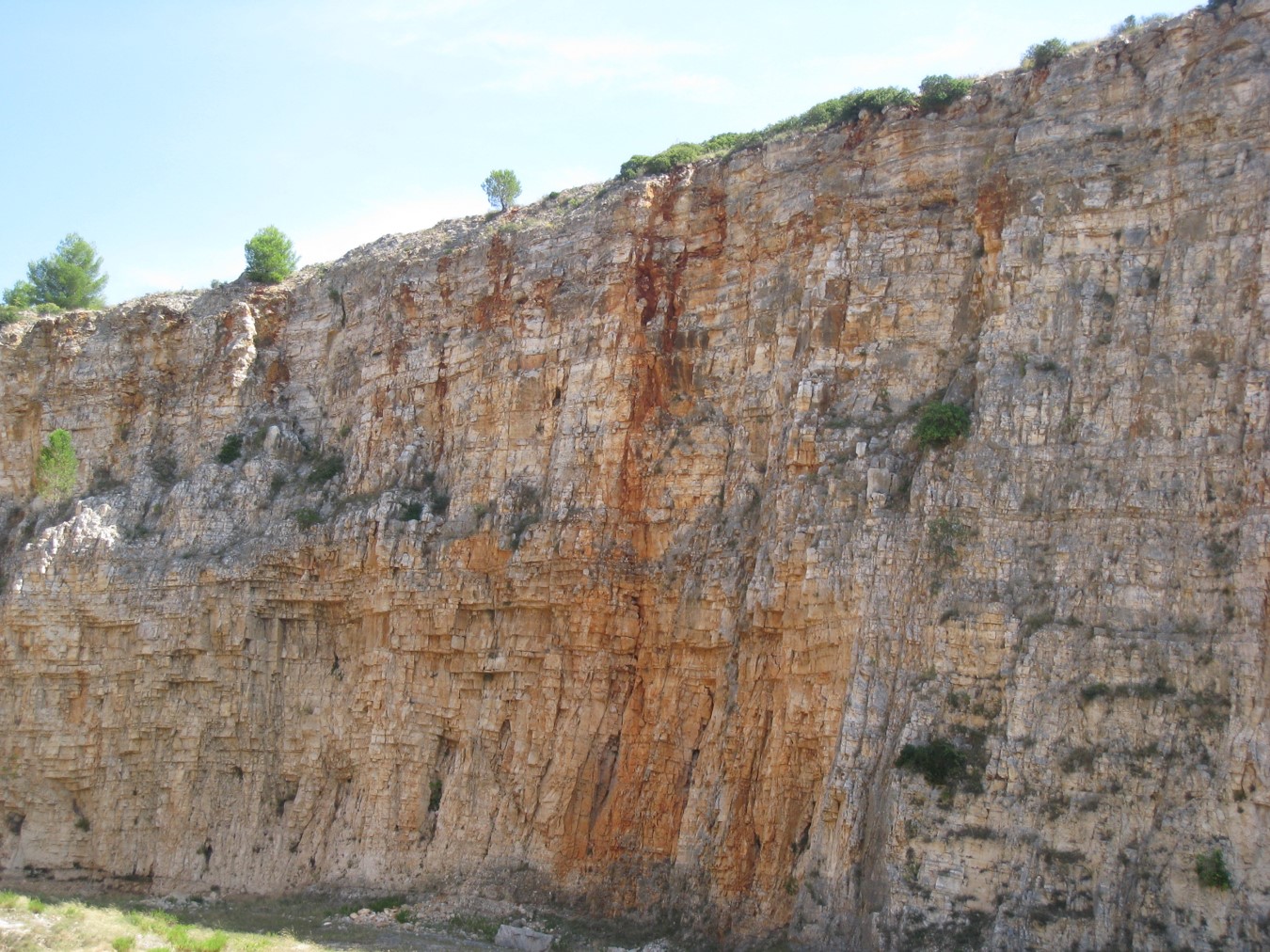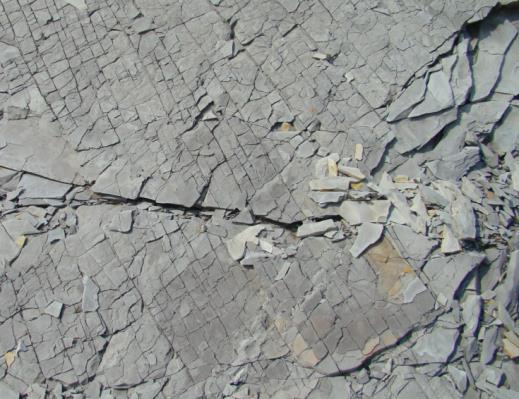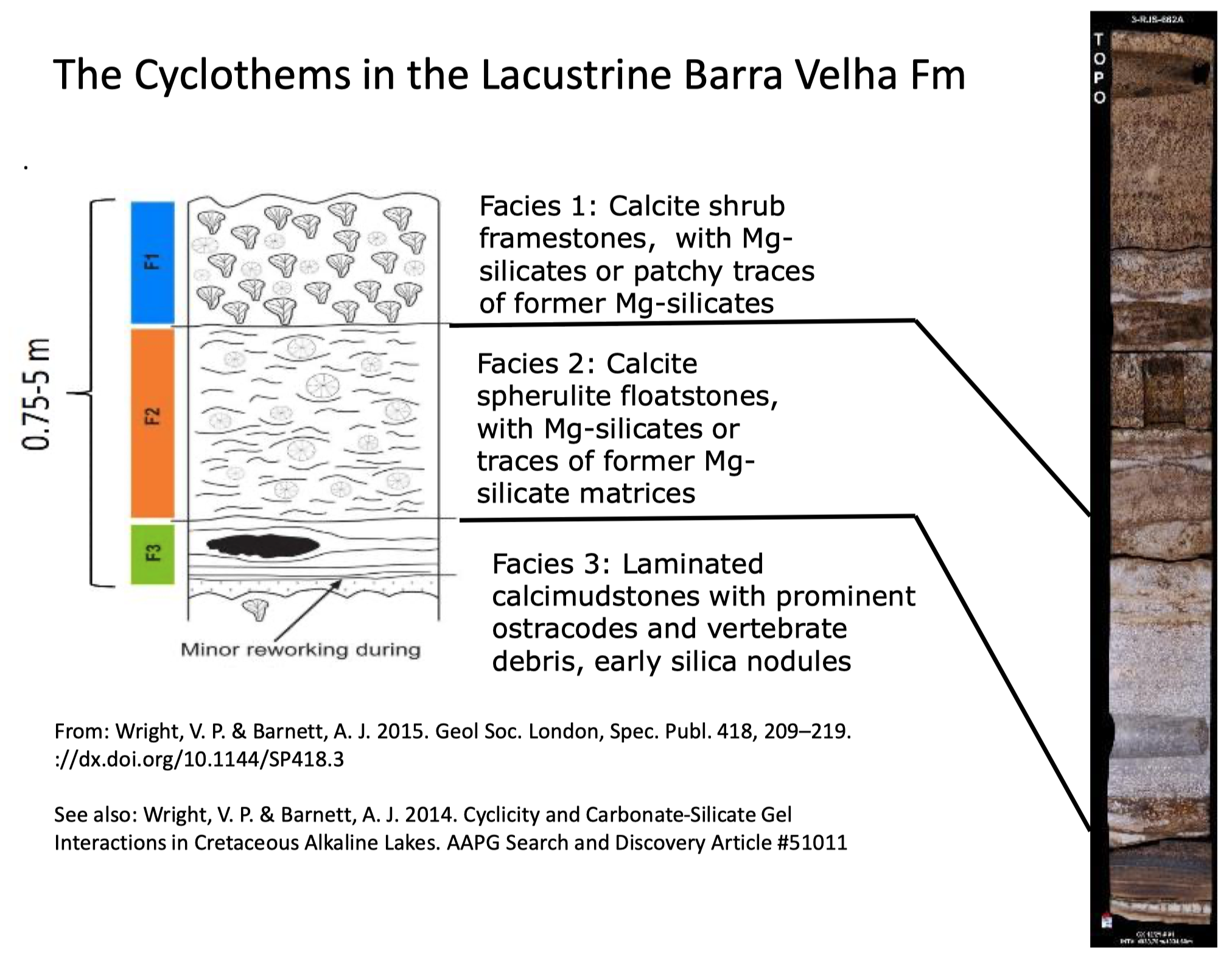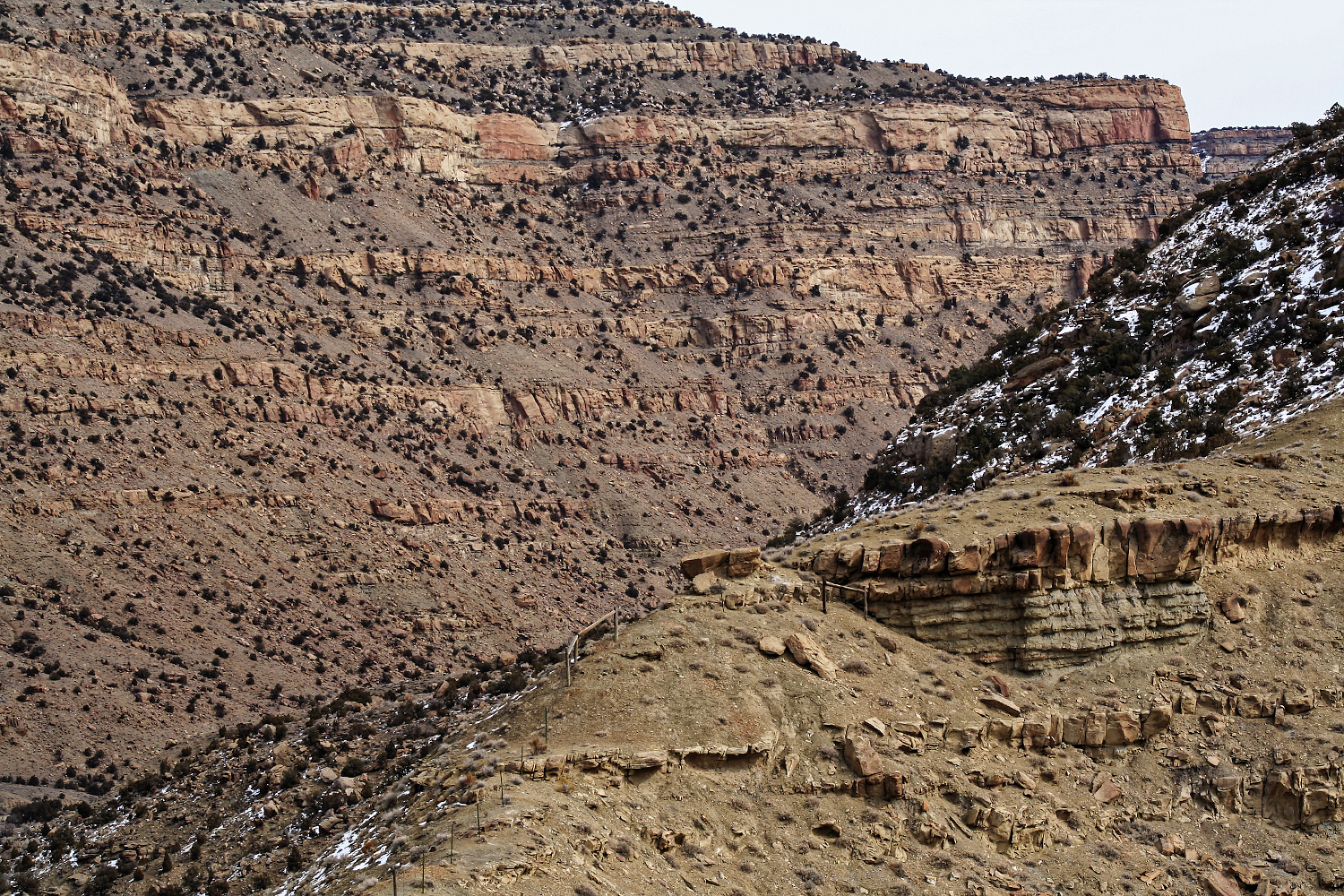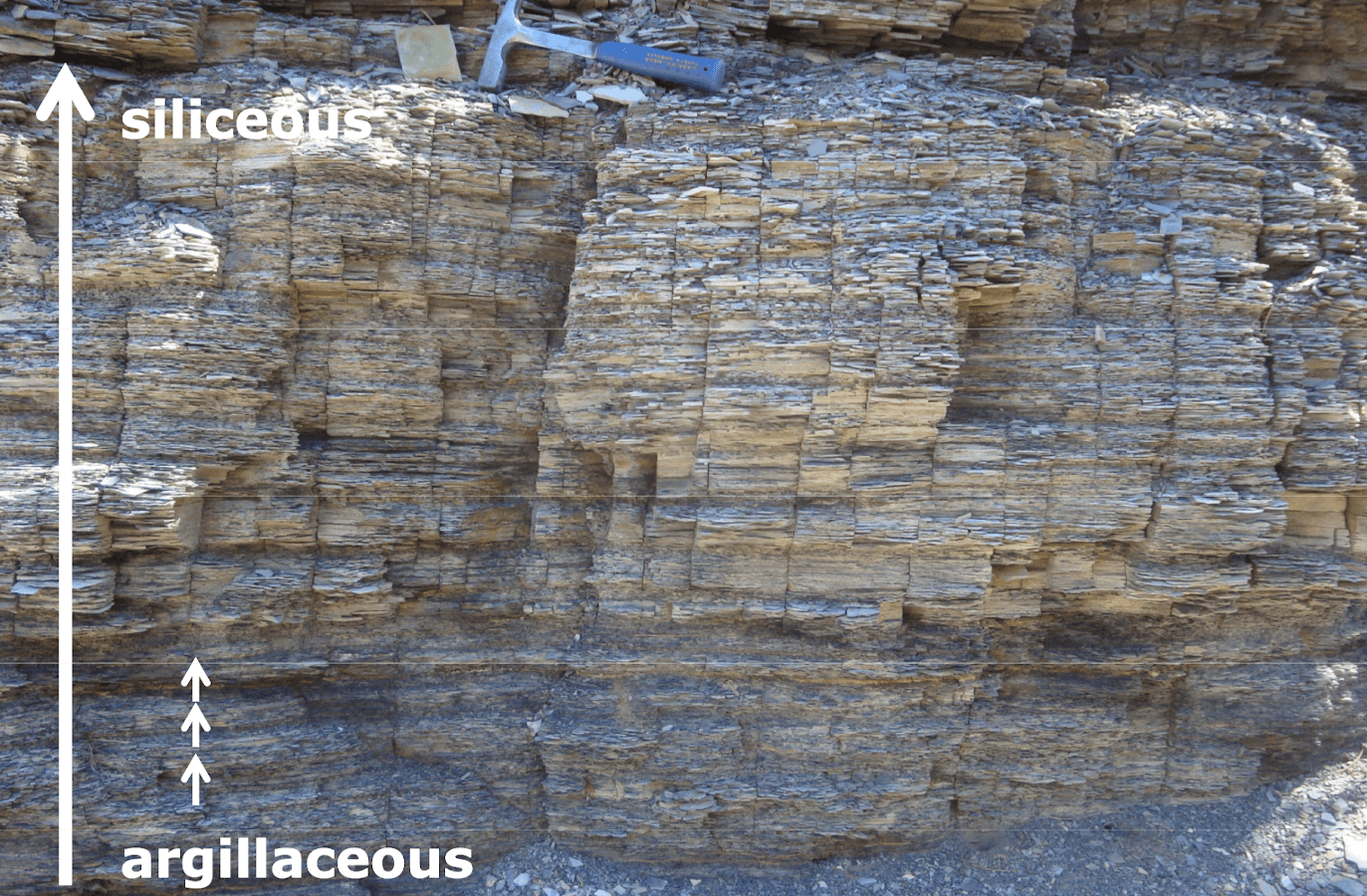Tutor(s)
Gary Hampson: Professor of Sedimentary Geology, Imperial College London.
Overview
Sequence stratigraphy is a key tool for subsurface interpretation of depositional systems and thereby predicting the distribution of reservoir, source rock and seal lithologies. The course will introduce the principles and methods of sequence stratigraphy, with a focus on continental, shallow-marine and deep-marine depositional settings. Participants will apply these principles and methods via the sequence stratigraphic interpretation of subsurface data (e.g. seismic, well-log, core, reservoir production data).
Duration and Logistics
Classroom version: 2 days including a mix of lectures and exercises. The course manual will be provided in digital format and participants will be required to bring along a laptop or tablet to follow the lectures and exercises.
Online version: Three 3.5-hour interactive online sessions presented over 3 days. A digital manual will be distributed to participants before the course.
Level and Audience
Fundamental. This course is designed for junior geoscientists working on a variety of subsurface energy projects who want to gain a basic understanding of sequence stratigraphy and its applications to subsurface data sets. Participants should have knowledge of basic sedimentology and subsurface geology.
Objectives
You will learn to:
- Understand the basic terminology of sequence stratigraphy.
- Describe the key surfaces and systems tracts.
- Appreciate the main components of depositional sequences in continental, shallow-marine and deep-marine systems.
- Evaluate a range of subsurface data in terms of sequence stratigraphic methods and models.

